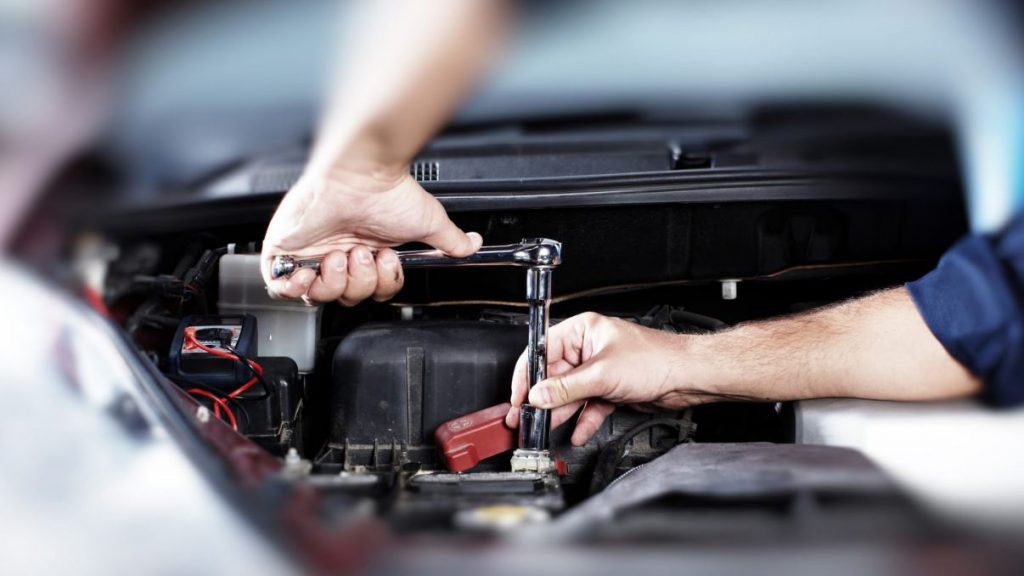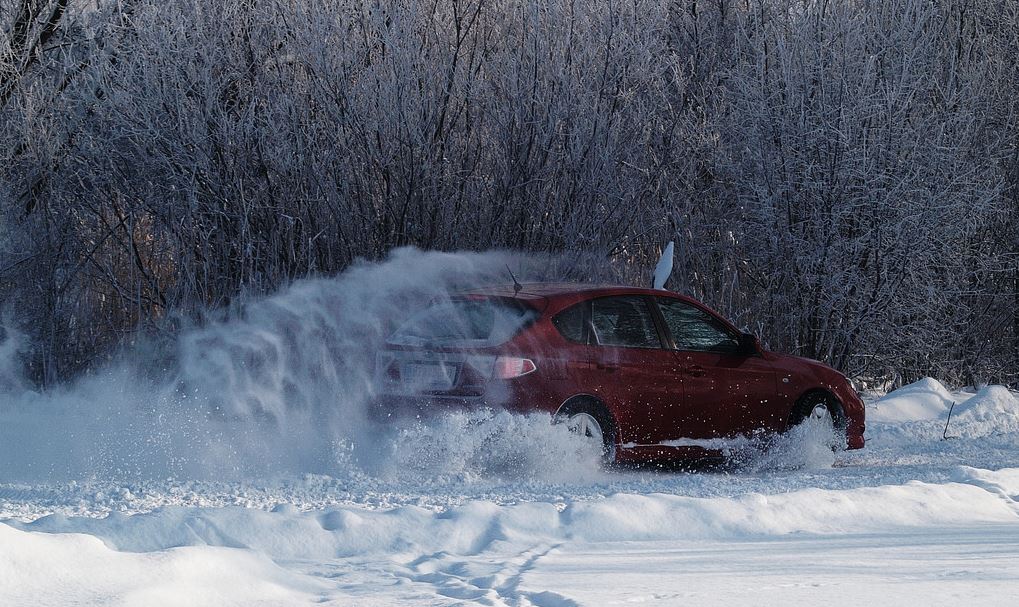A Guide to Winter Driving

Safe driving is more than putting your hands at the correct places on the clock face. Driving with deliberation and attention is imperative to avoid vehicle damage, property damage and bodily injury to others and car accidents.

As fall turns into winter it is important to exercise preparation for the colder weather, especially as it pertains to your auto. Check your coolant and washer fluid levels. Coolant should be rated appropriately for your vehicle, and the ratio should be proper to avoid freezing. You can use as much as a half a gallon of wiper fluid on a snowy day, so top it off to prepare for the season and while you are at it, make sure your wipers are in good working condition. The same applies to batteries; even a new battery can struggle under the weight of freezing temperatures, so if you are encountering issues make sure to get it checked out. Older batteries will not keep a charge is freezing temperatures, so replace yours as soon as you notice it faltering at all. Snow tires are a bonus for safety during inclement weather, as is an engine heating block. If you live or are moving to a location where winter weather is a constant concern, consider investing in these items to simplify your winter driving experience.
If your area is headed for a winter storm, consider stocking your vehicle with some essentials in the event of a breakdown, traffic jam or car accident. In your trunk, keep winter apparel from seasons past, a first aid kit, bottled water and protein rich, shelf stable snacks like nuts. On your checklist, makes sure your spare tire is in working order, your cell phone is charged and make sure to keep a full tank of gas, which will serve you well in case of idling or traffic conditions. The full tank of gas will also help weigh down your car, which generally helps with traction. On that note, consider a bag of sand for the same purpose.

Winter driving can mean ice, snow, or icy rain. In extreme cold, you actually have the benefit of sticky road conditions with more traction. Contrary to popular belief, slushy snow does not afford more traction, so the worst driving conditions exist when the temperature is between 22 and 35 degrees Fahrenheit and the roads are wet. You can identify black ice if the roads look wet, but no tire spray is coming off of the vehicles around you Try to stay off the roads when inclement weather brings about additional hazards. For those who have to drive, do so slowly and deliberately. Drive with a light touch on the gas and stay alert for changing road conditions and other drivers. If you find yourself in a skid keep your foot on the gas or brake, depending on where it was prior to the skid. Keep the lightest touch possible, applying the professional driver’s rule of thumb which is to treat both pedals as if there is a fragile eggshell beneath. Don’t break the imaginary eggshell to accelerate or brake and turn into your skid.
Groth Law Firm – experts in car accident injuries – add some of the following tips. “Make sure you’re ready before it snows. Check the weather conditions before leaving the house. If the forecast advises caution, consider adjusting your commute or simply staying put if you are able. After it snows, be aware of road conditions. Be safe, make sure your car is properly maintained, a full tank of gas, safe tires, plenty of windshield washing fluid.”
Most professionals are going to advise that you stay put when winter weather hits. Ideally, we would all stay at home and off the roads, but there are a myriad of reasons that people have to hit the roads during bad weather. Whatever your reason for heading out in inclement weather, applying some of the above tips will help to keep you safe and get you to your destination.
